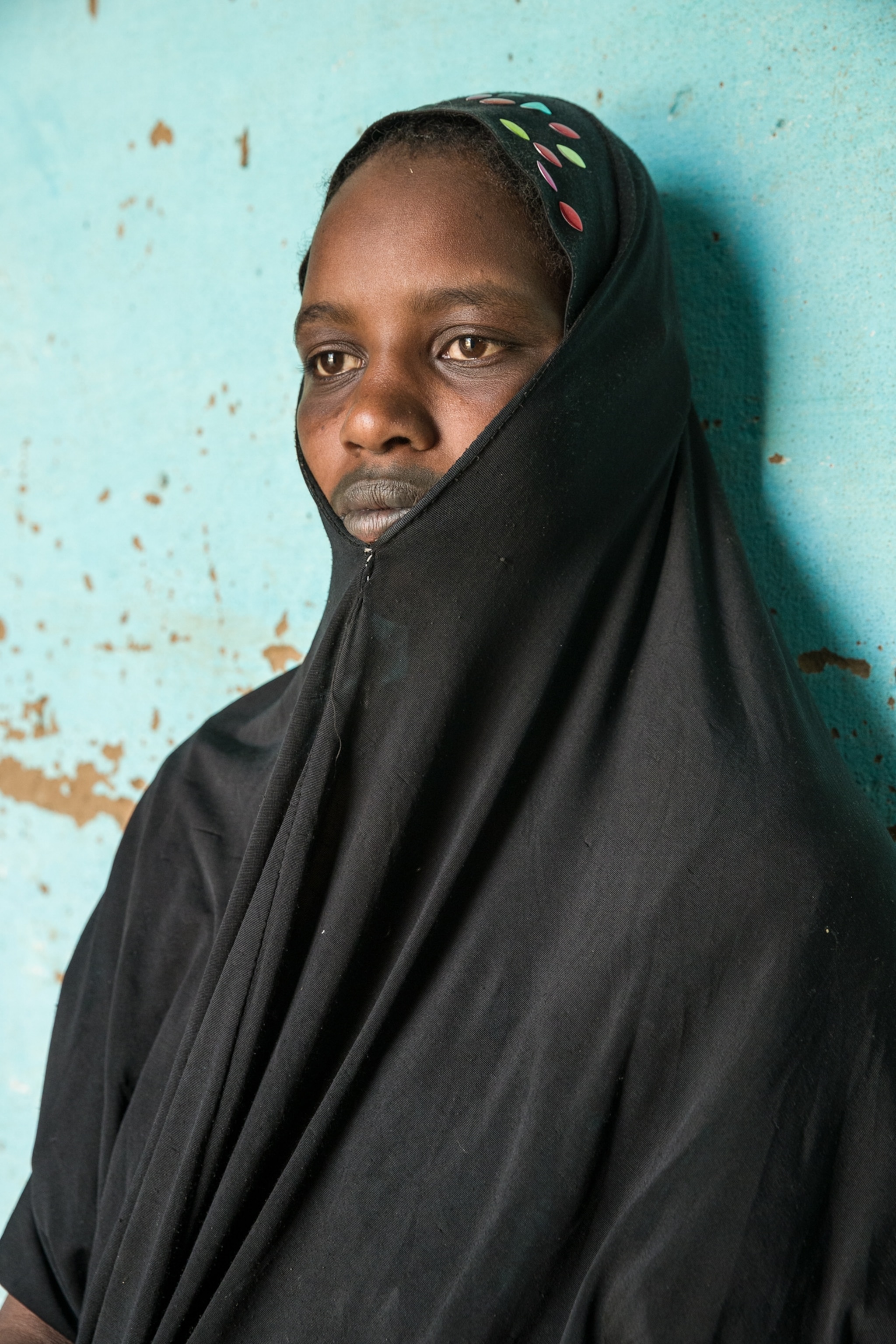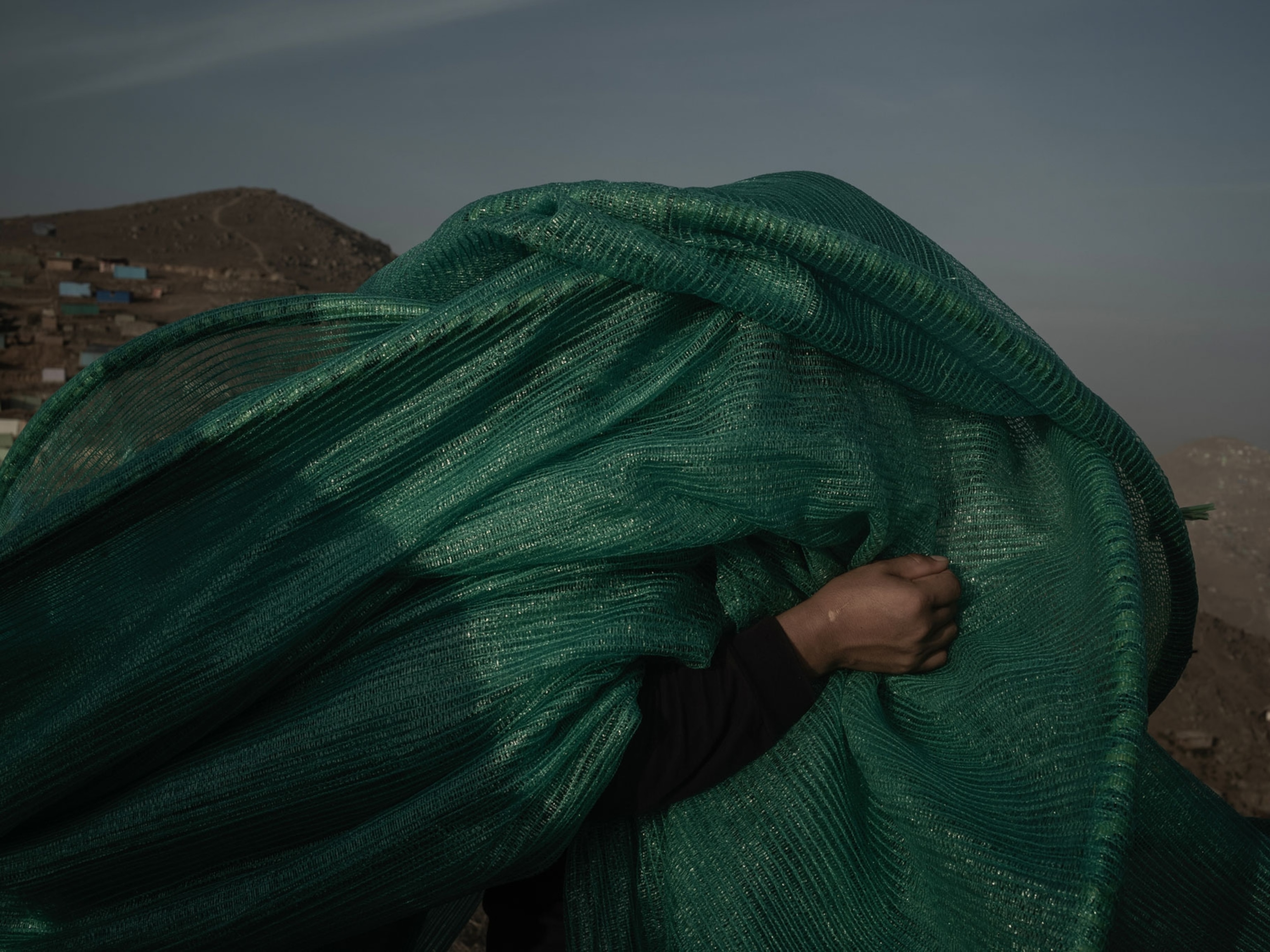I have traveled the route between Bamako, the capital of Mali, and Mopti, in the center of the country, many times. When I returned earlier this year, the lively towns I encountered in the first 300 miles seemed familiar to me. But in the last 100 miles, to my surprise, we had the road almost to ourselves. I noticed new buildings, military outposts.
This part of Mali is plagued by rising instability. Islamist militants remain active in the region. The armed Islamists who attacked U.S. special forces in Niger in 2017, killing four soldiers, came from this area. They have recruited some Fulani people, which has triggered the Bambara and Dogon to organize self-defense forces, kindling tit-for-tat ethnic violence.

Our driver worried about the time. Traveling between cities and villages is strictly prohibited after 6 p.m. Finally, I arrived in Sévaré, a town of about 40,000, just east of Mopti. The Hôtel Flandre, known for its good security, would be my base for my two-week stay.
The next day I decided to go to the region where many attacks are taking place. The Bandiagara Escarpment is as spectacular as I remembered it. The home of the Dogon people, with many villages clinging to cliffs, is one of the most magnificent landscapes in West Africa. As soon as I got there, villagers started telling me about the massacres against the Dogon perpetrated by the Fulani who have joined the Islamists. They also described their own defense strategies against the attackers. In a restaurant, I was told that before 2013, there were 150 daily tourists coming in for lunch; now there are none.
The region’s suffering followed a rebellion in 2012 that aimed to establish an independent homeland for the Tuareg people in the northern half of Mali. But Islamist groups soon seized control of the region, imposing sharia, or Islamic law. In 2013, French troops arrived to help reclaim the territory, driving the Islamists out of the cities that they controlled.


I made arrangements to meet some traditional hunters who belong to secret societies called Dozos. Many villages have Dozos, and some are now armed and organized like a militia. I learned that one such group, the Dan Na Ambassagou, was accused of having killed nearly 150 people on March 23, 2019, in the village of Ogossogou.
During my visit, I spent most of my days at the hotel preparing for reporting outings. I emerged only to take pictures and quickly returned to the hotel. The situation is very tense. Jamaat Nusrat al Islam wal Muslimin, an Islamist group affiliated with al Qaeda, operates around Mopti, Djenné, and Sévaré. A Western journalist, particularly a French one, is prey for hostage takers. The best is not to be seen and to be extremely discreet.

I decided to travel to Kona, the town where French-led forces stopped the Islamist push in January 2013. On the road between Mopti and Sévaré, there were almost no vehicles. It’s very insecure. In Kona, I spent the night because I wanted to take pictures of the night patrols. The municipality organizes them. The patrols travel at night on triporteurs (transport motorcycles) and are armed with machetes.
My next stop was Djenné, the town with the most beautiful adobe architecture, as displayed by its Great Mosque, which I visited on a Sunday night. The big market is on Monday morning, and people from all over the region flood the mosque. Sadly, it’s toward the end of market day when militants typically attack. The traditional Dozo hunters also wander around the market.
The Islamists are about six miles north of the city. I met some victims of the violence from both sides—those who were attacked by the Fulani Islamists and the others by the Dozo hunters. With help from a victims’ defense group, I met some young Dogon women: Sevare, Fatima, Aissatou, and Fanta. They spoke about their disgust with life. The Islamists kidnapped them on a bus and made them their sex slaves.



On an excursion to meet some Dozo hunters, we started driving toward the northern part of the city, but my guides lost their way; they were used to traveling by motorcycle, not car. Tension intensifies in the car, as the zone is extremely dangerous.
We eventually reached a village where Dozo hunters were on motorbikes and armed with guns, even some Kalashnikovs. It looked like a scene in Easy Rider. I wondered why they were willing to be photographed. They must have had something they wanted to share. Sinally Maiga, the head of the Dozo, told me that they are forced to defend themselves, because the army doesn’t protect them. The day before I arrived, the Islamists attacked a nearby village. The army didn’t respond, he said, so he and his hunters intervened.

A few weeks later I went back to Mali to report on Operation Barkhane, which includes 4,500 French soldiers stationed in five West African countries: Mali, Burkina Faso, Chad, Mauritania, and Niger. We landed at the base in Gao, where I had been in November 2016. The base had expanded since my first visit, with more permanent buildings.
The next day I boarded a helicopter. As soon as we took off, we flew over the Niger, a majestic river that snakes through the desert. There are patches of green by the banks where people grow their crops. For two hours, we were on a tactical operational flight—very close to the ground at extreme speed. The region is vast with its few villages lost in the immensity. The gunner by the door, his finger on the trigger, scouted for any movement.




Each time I fly over the Sahel, I am fascinated by the gigantic size of the desert and by its emptiness. The flights help me understand the harsh conditions that the French forces face in the fight against the terrorist groups. Our objective was to meet up with a scouting unit of hundreds of men with armored vehicles. We were now in the Akabar region. In the afternoon, I joined the patrol going to the small town of Akabar. The day after was market day, when many new people come to town. The soldiers check some vehicles and some people. It is tense. Some civilians say that the French forces are not welcome in the region. The market is also where the militants come to shop. Inhabitants told me that if the Islamists see people smoking, they beat them.
I spent the night with the unit. At dusk, a priest hosted a Mass attended by many soldiers. The next day, I left with a logistics convoy headed to the base in Ménaka. These convoys are slow and vulnerable; they’ve been attacked many times. Three hours after we left, the unit was attacked with a well-prepared suicide vehicle designed to break into the base. The car stopped and exploded. Soon after, 15 attackers on motorbikes opened fire against the French forces. The threat of a fighter plane flying over made the attackers flee. Four French soldiers were hurt, two of them very seriously.

The next day, I left Ménaka with a military convoy. I joined another unit in Andéranboukan. We arrived at noon, and I could see how painfully difficult the extreme climatic conditions are on men and their vehicles: heat, wind, sand, dust. Soon after, I joined a small military patrol. I joined two more in Ménaka and in Gao.
It’s always strange to see soldiers in uniform among civilians. It’s a discordant note in a country that wishes for peace. Since my last trip in March, three French soldiers have been killed in the operation. A military doctor and two commandos died during a mission to free four hostages (two French, one American, and one Korean).
The road toward peace is going to be long and difficult.

Related Topics
You May Also Like
Go Further
Animals
- How can we protect grizzlies from their biggest threat—trains?How can we protect grizzlies from their biggest threat—trains?
- This ‘saber-toothed’ salmon wasn’t quite what we thoughtThis ‘saber-toothed’ salmon wasn’t quite what we thought
- Why this rhino-zebra friendship makes perfect senseWhy this rhino-zebra friendship makes perfect sense
- When did bioluminescence evolve? It’s older than we thought.When did bioluminescence evolve? It’s older than we thought.
- Soy, skim … spider. Are any of these technically milk?Soy, skim … spider. Are any of these technically milk?
Environment
- Are the Great Lakes the key to solving America’s emissions conundrum?Are the Great Lakes the key to solving America’s emissions conundrum?
- The world’s historic sites face climate change. Can Petra lead the way?The world’s historic sites face climate change. Can Petra lead the way?
- This pristine piece of the Amazon shows nature’s resilienceThis pristine piece of the Amazon shows nature’s resilience
- Listen to 30 years of climate change transformed into haunting musicListen to 30 years of climate change transformed into haunting music
History & Culture
- Meet the original members of the tortured poets departmentMeet the original members of the tortured poets department
- Séances at the White House? Why these first ladies turned to the occultSéances at the White House? Why these first ladies turned to the occult
- Gambling is everywhere now. When is that a problem?Gambling is everywhere now. When is that a problem?
- Beauty is pain—at least it was in 17th-century SpainBeauty is pain—at least it was in 17th-century Spain
Science
- Here's how astronomers found one of the rarest phenomenons in spaceHere's how astronomers found one of the rarest phenomenons in space
- Not an extrovert or introvert? There’s a word for that.Not an extrovert or introvert? There’s a word for that.
- NASA has a plan to clean up space junk—but is going green enough?NASA has a plan to clean up space junk—but is going green enough?
- Soy, skim … spider. Are any of these technically milk?Soy, skim … spider. Are any of these technically milk?
Travel
- Dina Macki on Omani cuisine and Zanzibari flavoursDina Macki on Omani cuisine and Zanzibari flavours
- How to see Mexico's Baja California beyond the beachesHow to see Mexico's Baja California beyond the beaches
- Could Mexico's Chepe Express be the ultimate slow rail adventure?Could Mexico's Chepe Express be the ultimate slow rail adventure?








